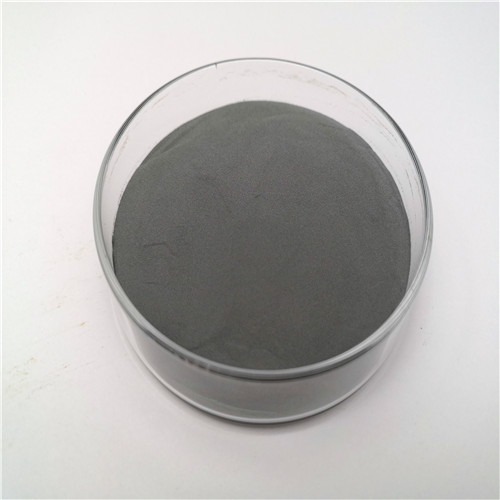The physical properties of metal powders for additive manufacturing include loose density, tap density, fluidity, etc. If the changes in these properties are ignored, the same process parameters and powder particle size distribution may be completely different from the performance of the printed parts.
Metal powder physical performance testing
(1) Loose packing density
The powder falls into a cup of known volume in a loose state, and the measured mass per unit volume is called the bulk density of the powder. The bulk density of the powder is a comprehensive performance, which is affected by factors such as powder size, particle size distribution, particle shape, and intra-particle pores. Here are two more convenient methods for measuring loose density.
Funnel method: The powder falls freely from the funnel hole at a certain
height to fill a container with a certain volume, and then the mass of the
powder in the container is measured. The measuring instrument is shown in Figure
1. This method is simple and fast, but it cannot measure powders with poor
fluidity.

SCOTT volume meter: For metal powder that cannot flow freely through the funnel with a hole diameter of 5mm in the funnel method, the SCOTT container method should be used. The standard GB 1479.2-2011 has a reference to the use of such appliances (Scott volume meter See Figure 2). The powder flows through the screen from above to the column below. The inclined baffle in the column can fully disperse the powder and prevent powder agglomeration. The measured loose density is more accurate. It is especially suitable for ultrafine powder, wet powder, Magnetic powders and other powders with poor fluidity can be used for routine production testing of metal powders for 3D printing.
Tap density
The tap density of metal powder is to pack a certain amount of powder in a container and vibrate through a vibrating device (as shown in Figure 3) until the volume of the powder no longer decreases. The mass of the powder is divided by the volume after tapping to get its tap density.
Fluidity
The fluidity of the powder is the ability of the powder to fill a container with a certain shape, and the spherical powder can improve the fluidity of the powder to achieve the smoothness and smoothness of the high-quality powdered cloth. Influencing factors include particle shape, particle size combination, relative density and adhesion between particles. For example, the larger the particle, the more regular the shape, the smaller the proportion of fine powder in the particle size composition, the increased relative density, and the less water and gas adsorbed by the surface area, and the better fluidity. In addition, fluidity is also related to the bulk density of the powder. Generally speaking, the higher the bulk density of the powder, the better the fluidity.
About KMPASS
KMPASS is a trusted global chemical material supplier & manufacturer with over 12 years experience in providing super high-quality chemicals and Nanomaterials. The company export to many countries, such as USA, Canada, Europe, UAE, South Africa, Tanzania, Kenya,Egypt,Nigeria,Cameroon,Uganda,Turkey,Mexico,Azerbaijan,Belgium,Cyprus,Czech Republic,Brazil, Chile, Argentina, Dubai, Japan, Korea, Vietnam, Thailand, Malaysia, Indonesia, Australia,Germany, France, Italy, Portugal etc. As a leading nanotechnology development manufacturer, KMPASS dominates the market. Our professional work team provides perfect solutions to help improve the efficiency of various industries, create value, and easily cope with various challenges. If you are looking for 3D Printing Metal powder, please send an email to: sales2@nanotrun.com



